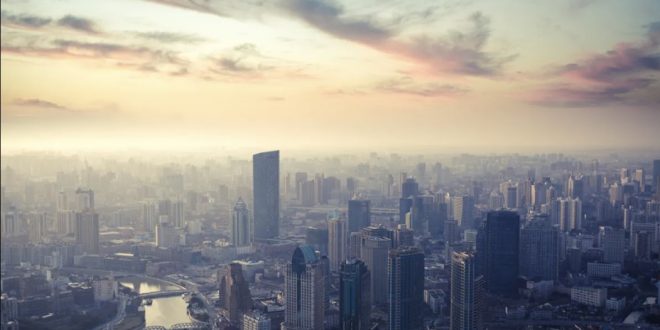The eight billionth person in the world was symbolically born on November 15, 2022, to a baby girl named Vinice Mabansag at Dr. Jose Fabella Memorial Hospital in Manila, the Philippines. 60 percent of those 8 billion people reside in towns or cities. Cities will house 85% of the estimated 10 billion people who will live on Earth by the end of the twenty first century.
Cities don’t just expand because of their population. The more people an area can support, the more services (public transportation, energy infrastructure, water supply), governance, and economic resilience are required. The fact that there is no one definition of what a city actually is may come as a surprise to some.
From London to Seoul, cities were divided by walls in the Middle Ages. And the notion of a city’s limits was still valid well into the 20th century. Even though the largest pre-millennial metropolises (Tokyo, So Paulo, New York, or Mumbai) still come to mind when thinking about the urbanization process today, they make up a smaller and smaller percentage of all the cities in the world.
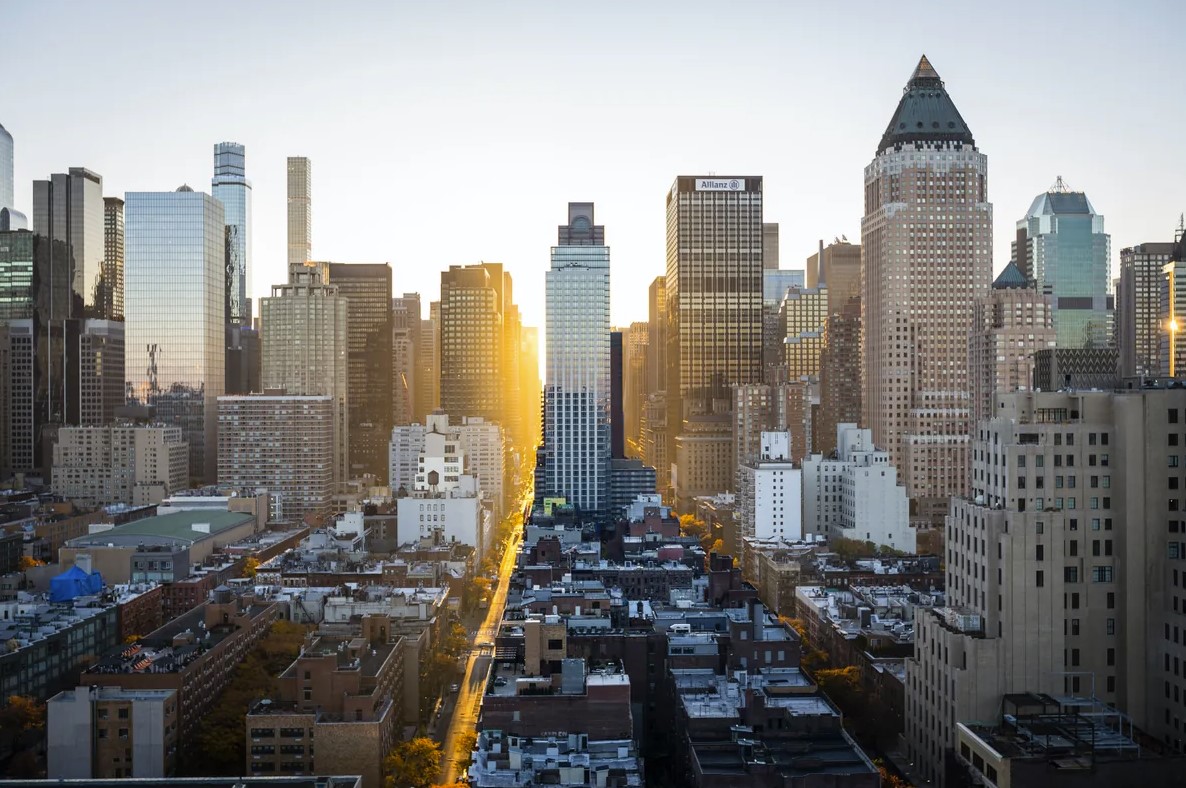
Contrarily, in urban areas that are expanding more quickly, like Lagos, the geographic scope of a mayor’s official jurisdiction frequently ends long before the population it serves does. Meanwhile, its economy is frequently closely linked to that of the nearby cities.
It is becoming more difficult to determine where to draw the boundary between what constitutes a city and what does not, as well as where one city ends and another begins. Settlements are growing by fusing with one another as the world progresses toward total urbanization to form what urban experts refer to as “megalopolises.”
How machines observed urbanization
The population of the biggest of these megacities is already more than 60 million. In China, the Greater Bay Area, which includes the Guangdong province area around the Pearl River estuary, effectively combines 11 cities, from Macao all the way to Guangzhou, Shenzhen, and Hong Kong.
It has 2 million more people than the entire population of the UK, who are crammed into around a sixth of the space, with a total population of over 70 million. It also looms enormous economically; in 2018, its GDP was US$1.64 trillion (£1.39 trillion), or 11.6% of China’s overall GDP.
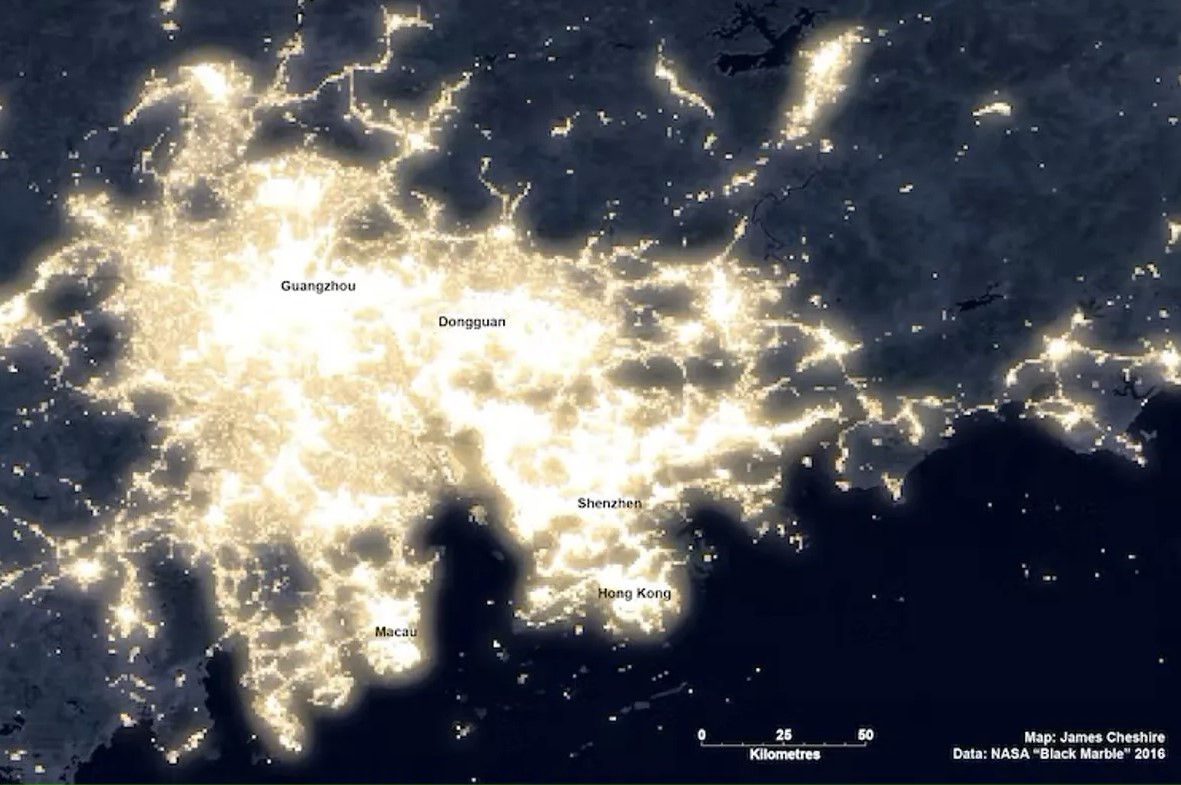
Meanwhile, the 600 km stretch of the west African coast between Abidjan, Ivory Coast, and Lagos, Nigeria is quickly catching up. There could be up to 500 million people living in this collection of nine cities by the year 2100, according to experts.
Cities didn’t really begin to expand until the middle of the 18th century, when we started creating machines that could carry us farther and faster than any previous technology. For the first time, cities—especially London—broke through the size threshold of about 1 million people, which had previously dominated the urban world.
With the development of the steel frame and the elevator, some cities, like Chicago and New York, expanded upward as those with the means built the first skyscrapers, or “cathedrals of commerce.”
Despite widespread opposition to the concept of urban sprawl, many cities, including Los Angeles, have expanded outward since the invention of the automobile.
Large cities in developing nations like Nairobi, Kenya, and Dar es Salaam, Tanzania, have grown inward. In this area, the concept of a compact city built around public transportation and higher residential densities has become entrenched.
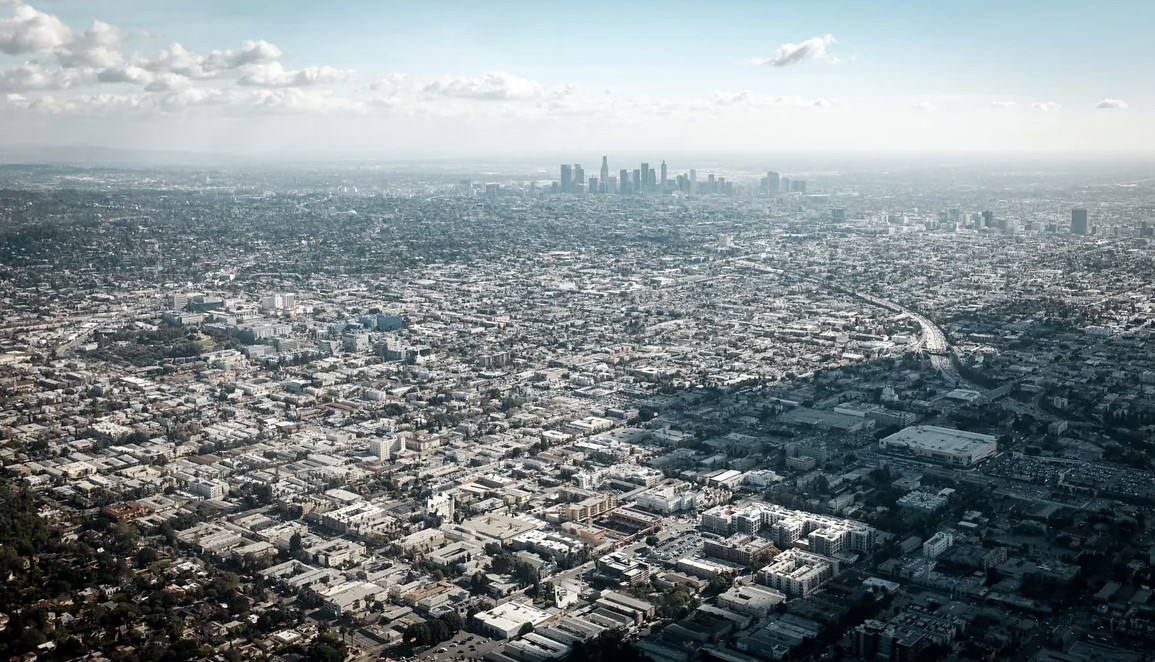
How the city is being redefined by the metaverse
Today, the majority of people reside in medium-sized or even tiny cities. We still rely heavily on internal combustion engines to get from one place to another, usually between homes and workplaces.
The development of computers and networked communications over the past 50 years, however, has made it possible for people to live a great distance from their coworkers. The boundaries of any city become hazy as a result.
A city can be defined in a variety of ways, including by counting its residents and drawing a map of its boundaries. The digital skin that now covers the planet makes it possible for the people of any city to communicate with anyone, anywhere, at any time.
Cities will keep expanding and evolving physically. Every location will undoubtedly be one type of city by the end of the twenty-first century, but the term “city” will probably still be used. Instead, its significance will alter.
The historian Lewis Mumford made the case that although cities could be classified as physical entities, they were also hubs for social interaction and communication as early as 1937 in a collection titled The City Reader.
This strongly supports the idea that, in the future, cities will be more than just distinct physical hubs in a rural landscape. Instead, cities will be seen as patterns of digital movement that crisscross the globe on a variety of scales, from the megacity down to the neighborhood level. Boundaries won’t have the same significance they did prior to Britain’s first industrial revolution in 1830.
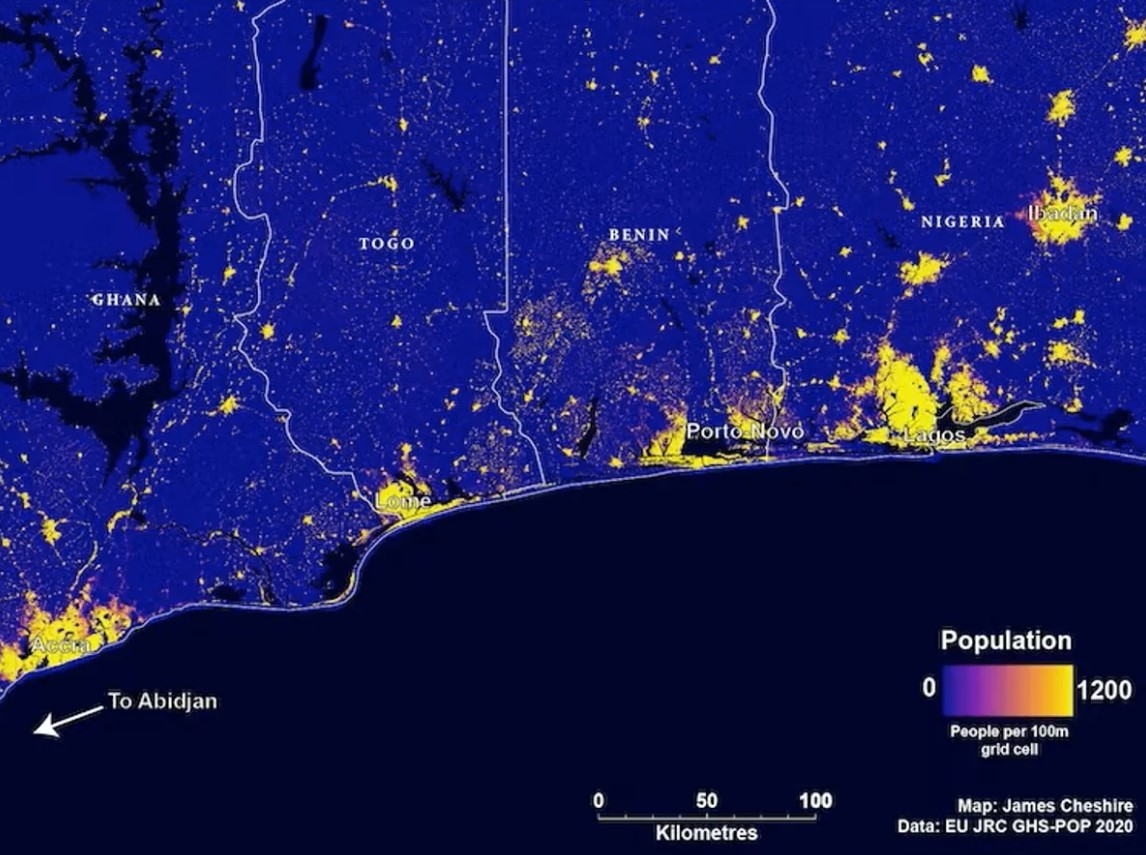
According to academics, as cities grow larger, economies of scale drive an increasing amount of their prosperity and economic growth. There is evidence that the urban environment is even more complicated.
Cities are becoming less like mechanical systems and more like biological systems, with transportation networks that extend into the surrounding countryside looking like arboreal fractals.
The urban world that is currently emerging is very dissimilar from everything that has come before. It is still crucial to try to identify the city’s boundaries physically. However, it might be too superficial in terms of understanding how to deal with this new complexity. The Discussion
UCL’s Chair and Professor of Planning, Michael Batty, and UCL’s Professor of Geographic Information and Cartography, James Cheshire
 Tech Gadget Central Latest Tech News and Reviews
Tech Gadget Central Latest Tech News and Reviews
